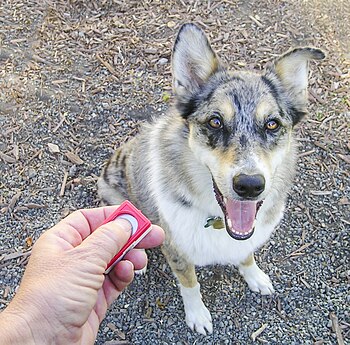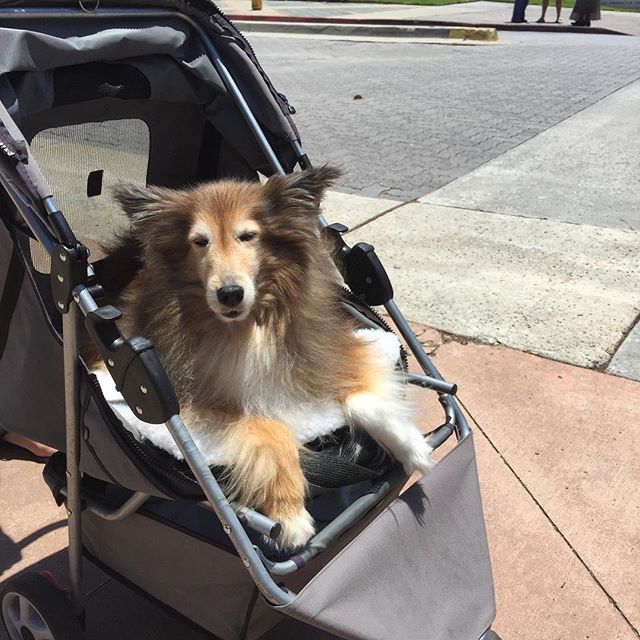My family run an animal sanctuary in Birmingham, England. Even though we love what we do, we feel that some people need to realise that a pet should be a long term commitment. They should not be seen as just a bit of fun which they can then get rid of when they get bored.
 |
| A stray dog finds shelter from the monsoon, in a cybercafe at Khar, Mumbai (Photo credit: Wikipedia) |
Many people arrive at the animal sanctuary with their pets, which are mainly dogs, with many excuses as to why they are no longer able to look after or care for them. I am sure many of their reasons are valid but am also aware that many others are just an excuse to offload them.
The excuses they give are varied:
- I have recently divorced from my husband and can no longer afford to keep this dog as a pet
- The dog has started to bite my children
- The dog is too difficult to handle and is destroying my furniture
- We have recently moved into a flat. One of their rules is that no animals can live in these flats
- The dog barks to much and it is upsetting the neighbours
- Our other animals do not like the dog
- The dog is affecting my health
- I am too ill to look after my dog
It is not our role to question these reasons but what we then need to do is to find another suitable home for the dogs. This is easier said than done as we need to ensure that the new owners will be able to care for them, for hopefully the duration of their life.
We also keep many of the dogs as our own pets, especially the ones which nobody else seems to want. One such dog is called Cassie. She is full of life and has been ill treated it seems when she was a puppy. Half of her left ear is missing and she is seemingly quite afraid of men.
Cassie is need of a huge amount of care and attention. She can be too lively at times which is possibly why three people who attempted to re-home her, have bought her back. She is not aggressive in any way but does tend to jump up at people.
What we did with Cassie and what we will continue to do, is to give her lots of love but also a little bit of training of what is good and what is not acceptable. It takes a long time, but she is now able to understand that the jumping is not wanted and that she needs to chill out at times.
Cassie is turning into a wonderful dog to have around the house and now feels for the first time as part of a family.
With a little more patience most other dogs can turn out this way. This is why we want more people to take more responsibility and to give their animals more of a chance to settle into their homes, and to get used to a new set of rules.
Having animals as pets can be very rewarding, nearly as rewarding as having a child. A dog however will rarely answer you back.
If you are having problems with your animals you can always phone up animal sanctuaries for advice and to hear about possible solutions. The people who work there are animal lovers and will help you as much as they can.
If you are unable to continue looking after the pet, the sanctuary should be able to take them off you.

























